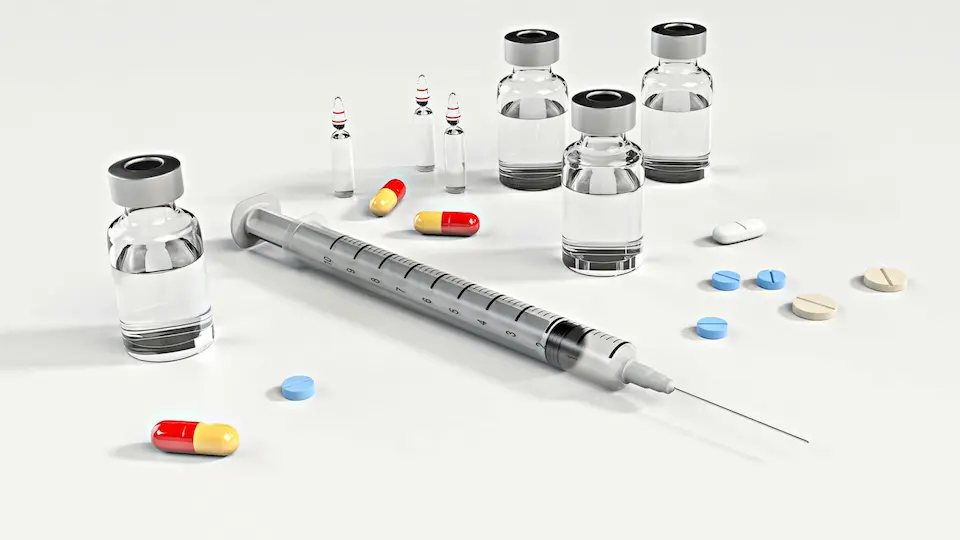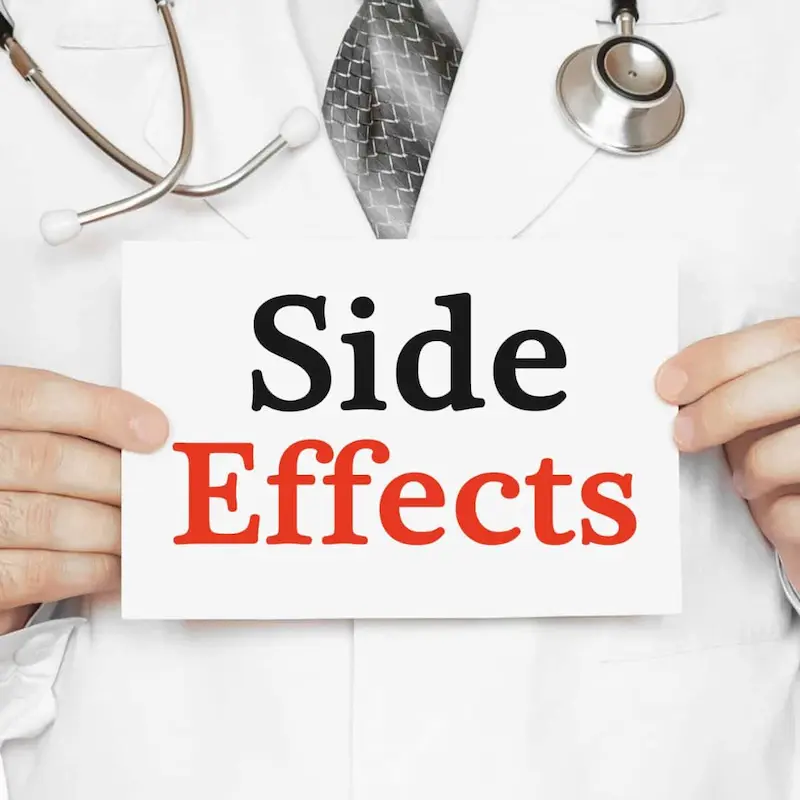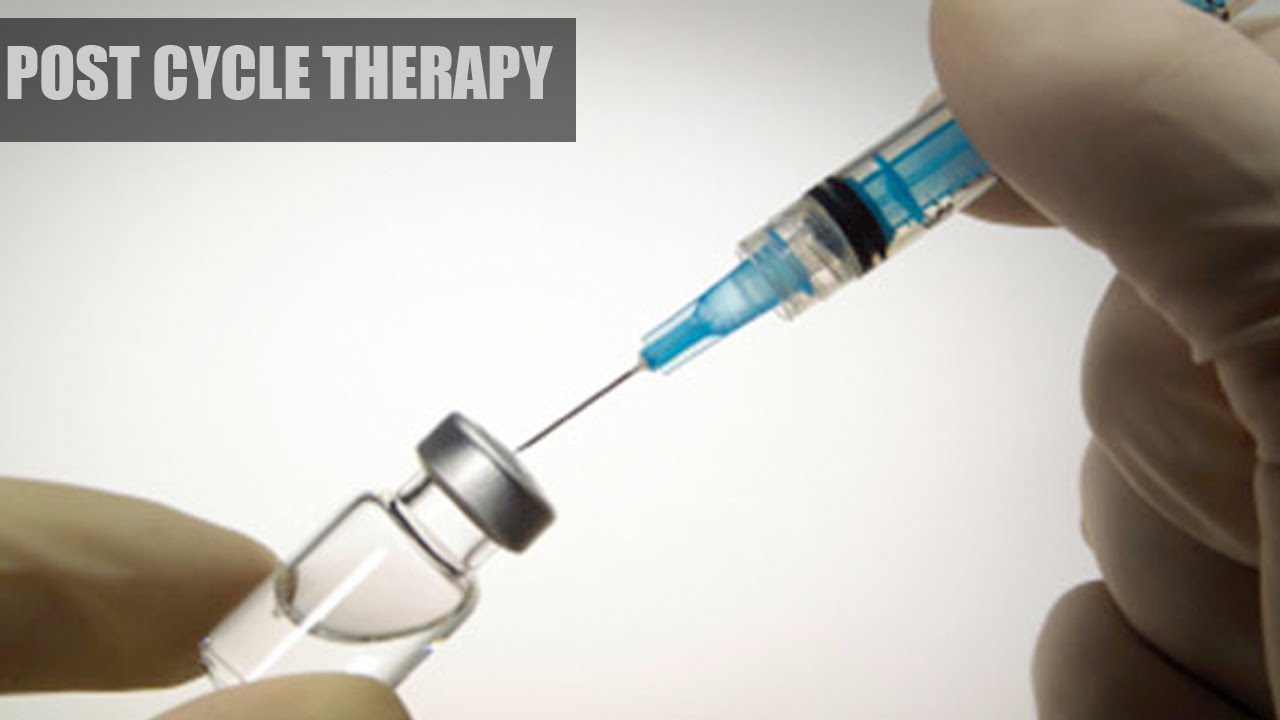Test vs Tren: Comparing Performance Enhancers in Bodybuilding

Testosterone and Trenbolone, often referred to as Test and Tren, are two powerful anabolic steroids widely recognized in bodybuilding and athletic circles for their significant impact on muscle gain, strength, and overall physical performance. Testosterone, the primary male sex hormone, is essential for developing male characteristics and maintaining muscle mass, bone density, and sex drive. Trenbolone is known for its potent anabolic and androgenic effects, making it a favorite for athletes looking to enhance their physique and performance.
Comparing Test vs Tren involves examining their chemical structures, efficacy, and the balance between their anabolic and androgenic effects. This comparison also entails understanding the recommended cycles and dosages for each, along with potential side effects. The guidance for post cycle therapy (PCT) is vital, as it assists in recovering natural hormone levels post anabolic steroid use. While the effects of Test and Tren can be dramatic, it is crucial to approach their use with a well-informed perspective, including awareness of legalities and personal health impacts.
Quick Summary
- Test and Tren are potent anabolic steroids with distinct effects on muscle gain and performance.
- Understanding recommended cycles, dosages, and side effect management is crucial for anyone considering their use.
- Effective post cycle therapy is essential for recovery after using Test or Tren.
Test Vs Tren: An Overview

Testosterone and trenbolone represent two potent anabolic steroids widely utilized for their muscle-building and performance-enhancing properties. This section offers a foundational comparison between these compounds, touching on their structural differences and primary uses.
Understanding Testosterone
Testosterone is the principal male sex hormone and an anabolic steroid that plays a vital role in health and well-being, particularly in sexual function, muscle mass, and bone density. Medically, testosterone is used to treat hormonal deficiencies and can be administered in various forms, including testosterone enanthate, which is a long-acting ester, allowing for less frequent injections. In the context of bodybuilding, testosterone is praised for its anabolic effects that help build muscle and its capacity to promote recovery.
Understanding Trenbolone
Trenbolone is a powerful anabolic steroid that has a strong androgenic effect, meaning it promotes characteristics typically associated with masculinity. Unlike testosterone, it is not naturally occurring in the human body. Trenbolone is often available in two main ester forms: trenbolone acetate and trenbolone enanthate. The acetate form has a shorter half-life, requiring more frequent administration, while the enanthate form allows for more prolonged effects. Trenbolone is known for its ability to increase muscle mass and strength significantly, but it comes with a higher risk of side effects compared to testosterone.
References
Cycles and Dosage Guidelines

Testosterone and Trenbolone are potent anabolic steroids with specific cycles and dosage guidelines tailored for different goals such as bulking, cutting, and enhancing strength.
Testosterone Cycles and Dosage
Testosterone, commonly used in Testosterone Replacement Therapy (TRT), is also popular for performance enhancement. In bulking cycles, individuals may administer doses ranging from 300 to 1,200 mg per week. It is crucial to note that such doses are significantly higher than the typical TRT doses, which normally do not exceed 100 to 200 mg per week. The length of a Testosterone cycle is generally 10 to 12 weeks, with longer esters such as Testosterone Enanthate or Cypionate being preferred for their extended release, resulting in fewer injections.
Cutting Cycles: Lower doses in the range of 200 to 500 mg per week are common, often combined with other compounds to aid fat loss while preserving muscle mass.
Strength Gains: To enhance strength, Testosterone is sometimes used at doses of 300 to 700 mg per week, often stacked with other anabolic agents.
Trenbolone Cycles and Dosage
Trenbolone is highly potent and typically used for both bulking and cutting due to its significant effects on muscle gains and fat loss. Trenbolone Acetate and Trenbolone Enanthate are the two commonly used esters, with the former necessitating more frequent injections.
Bulking Cycles: Doses for bulking range from 200 to 400 mg per week, for a cycle length of 8 to 12 weeks. The pronounced anabolic effect of Trenbolone can significantly contribute to muscle gains during this period.
Cutting Cycles: In cutting phases, users often maintain a weekly dose of 100 to 300 mg. Despite the lower doses, Trenbolone’s potent nature aids in retaining muscle mass while promoting fat loss.
Dosage Caution: Trenbolone is not typically recommended for beginners due to its potent nature and potential side effects. Users must consider the balance between the dose and the side effects, and it is advised to start at the lower end of the dosage range.
Potential Side Effects and Management

When using anabolic steroids such as testosterone and trenbolone, it is crucial to understand their potential side effects. Proper management of these side effects is necessary to minimize health risks.
Managing Testosterone Side Effects
Testosterone can cause several side effects, including acne, oily skin, and hair loss due to its androgenic nature. To manage these, one may consider using skincare products designed to combat acne and oiliness. For hair loss, topical treatments like minoxidil may help. Testosterone can also lead to gynecomastia because it aromatizes, meaning it converts to estrogen. Anti-estrogen medications like selective estrogen receptor modulators (SERMs) or aromatase inhibitors (AIs) could be utilized to manage this.
Some cardiovascular side effects such as changes in cholesterol levels, particularly a decrease in HDL cholesterol, and elevated blood pressure might occur. Adjusting the diet to support heart health, incorporating cardiovascular exercise, and using cholesterol management medication under a healthcare provider’s supervision can help mitigate these risks. Additionally, water retention can be addressed by reducing salt intake and using diuretics if prescribed.
In terms of libido and sexual function, testosterone can both increase libido and potentially cause erectile dysfunction; the latter might occur when there is an imbalance between testosterone and estrogen in the body. Proper monitoring of hormone levels and adjusting the dosages can help manage these issues.
Managing Trenbolone Side Effects
Trenbolone is known for its potent anabolic and androgenic effects, but it can also cause significant side effects. Insomnia, sweating, and anxiety are often reported, alongside an increase in aggressive tendencies. These symptoms may be alleviated by reducing the dosage or discontinuing use. Non-stimulant sleep aids and anxiety management techniques such as mindfulness and breathing exercises may also be helpful.
Trenbolone’s strong affinity for the androgen receptor can exacerbate androgenic side effects such as accelerated hair loss, oily skin, and acne. Like testosterone, the use of specialized skincare products might be necessary to manage these.
Although trenbolone does not convert to estrogen or aromatize, it does have a progestogenic nature by interacting with the progesterone receptor, which in some cases can lead to gynecomastia. Using a prolactin inhibitor such as cabergoline can be an option to manage this side effect. Trenbolone may also cause testosterone suppression, and a comprehensive post-cycle therapy (PCT) is usually recommended to restore natural testosterone production.
It should be noted that both testosterone and trenbolone can impart strain on the cardiovascular system, increasing the risk of high blood pressure and other cardiovascular strains. Monitoring blood pressure regularly and keeping a check on cardiovascular health is important. Those with pre-existing cardiovascular conditions should avoid these anabolic steroids.
References
Post Cycle Therapy (PCT) and Recovery

After the cessation of steroids like Testosterone (Test) and Trenbolone (Tren), Post Cycle Therapy (PCT) is critical for restoring natural hormone levels and preventing hypogonadism.
Importance of PCT
For individuals ceasing the use of anabolic steroids, PCT is vital to mitigate the risks of long-term endocrine dysfunction. Nolvadex and Clomid are common Selective Estrogen Receptor Modulators (SERMs) used during PCT; they play a pivotal role in stimulating natural testosterone production and normalizing hormonal balance.
Effective PCT Strategies
- SERMs: A regimen involving Nolvadex and Clomid can help to restore the hypothalamic-pituitary-gonadal axis function, encouraging the body to resume natural testosterone production.
- Nolvadex: Typical PCT protocols recommend 20-40mg daily for 4-6 weeks.
- Clomid: Prescribed doses often range from 25-50mg daily for 4-6 weeks.
- hCG: Human Chorionic Gonadotropin (hCG) might be utilized prior to SERM administration to mimic luteinizing hormone (LH) and stimulate the testes directly, improving recovery outcomes.
It is imperative to tailor PCT protocols to individual needs, considering factors such as the steroids’ potency, cycle length, and the individual’s physiological response.
References
Comparing Anabolic And Androgenic Properties
In the realm of performance enhancement, the distinction between anabolic and androgenic effects is critical for understanding the impact of steroids like testosterone and trenbolone on the body. These effects contribute to muscle mass and strength gains, but also to a range of side effects.
Anabolic Effects on Muscle Mass
Testosterone and trenbolone are both potent anabolic agents, promoting muscle hypertrophy and mass gains. Testosterone facilitates muscle gain by increasing protein synthesis, which is crucial for muscle growth and recovery.
- Trenbolone, on the other hand, is known for its high anabolic to androgenic ratio, making it a preferred choice for achieving lean muscle gains without significant androgenic side effects.
- Muscle hypertrophy: Studies suggest that trenbolone leads to more rapid muscle growth than testosterone, due to its strong affinity for androgen receptors and its ability not to convert into estrogen, which can prevent bulking steroids related bloat.
Androgenic Effects on the Body
The androgenic properties of these steroids are responsible for their effects on secondary sexual characteristics.
- Testosterone: Exhibits considerable androgenic activity, which can lead to body hair growth, prostate enlargement, and an increase in sex drive.
- Trenbolone: Although it is highly anabolic, it can still cause significant androgenic side effects such as aggression and an increased risk of male pattern baldness in those predisposed.
- Fat burning and strength gains: Both compounds contribute to fat loss and strength increase, but trenbolone’s lack of conversion to estrogen means it might offer leaner gains.
The balance between these anabolic and androgenic effects is crucial for athletes and bodybuilders when choosing between testosterone and trenbolone for their cycles.
References
Frequently Asked Questions

